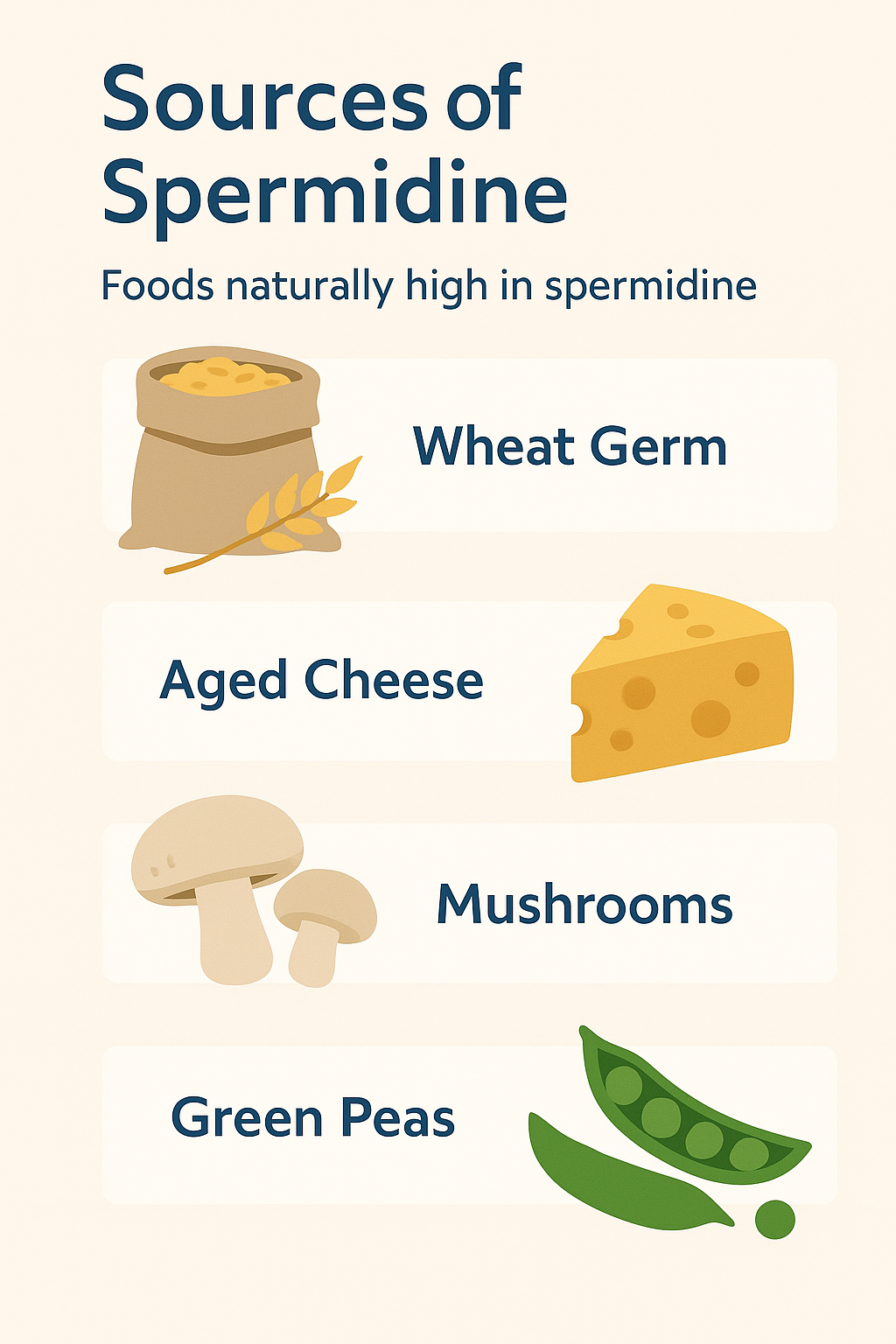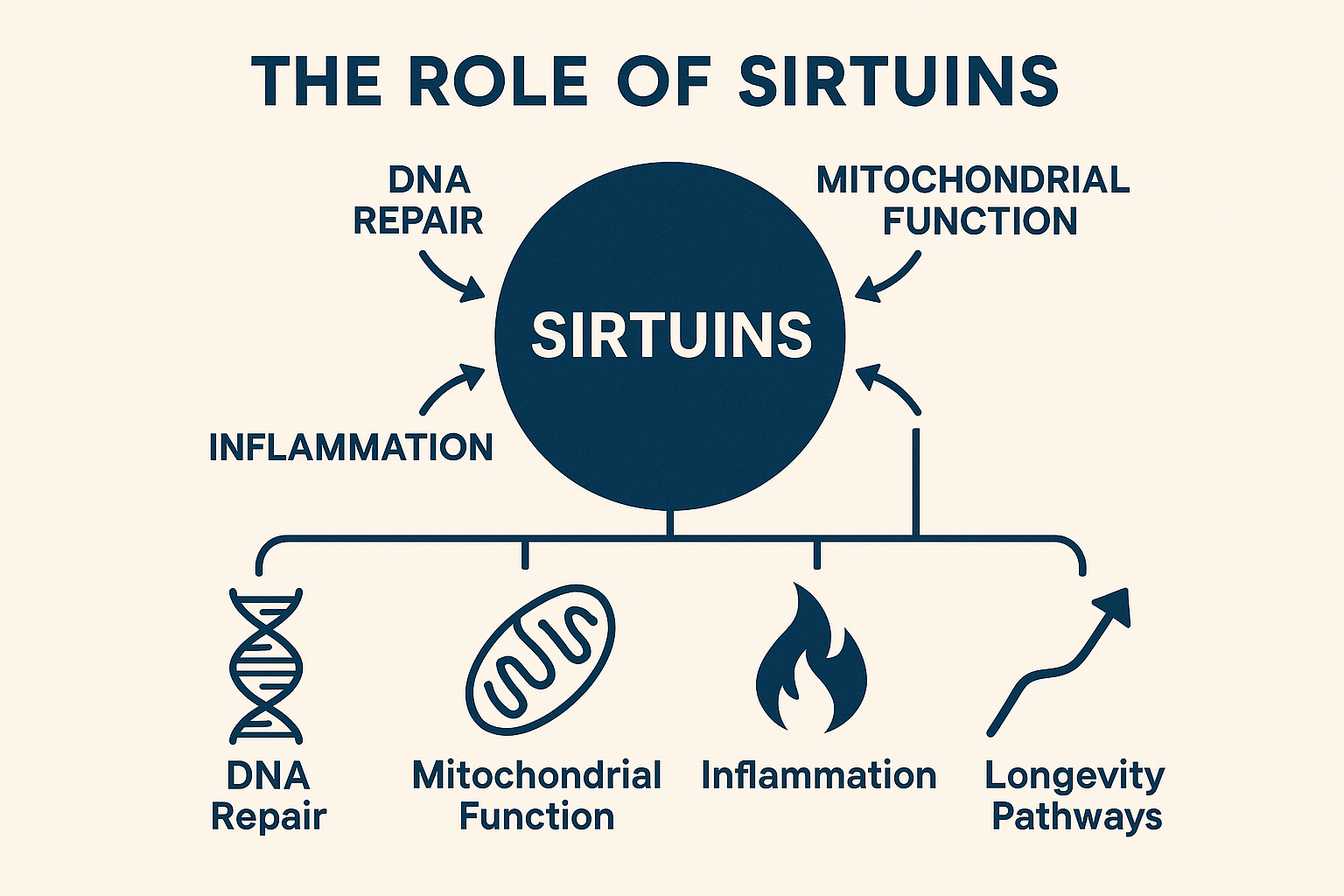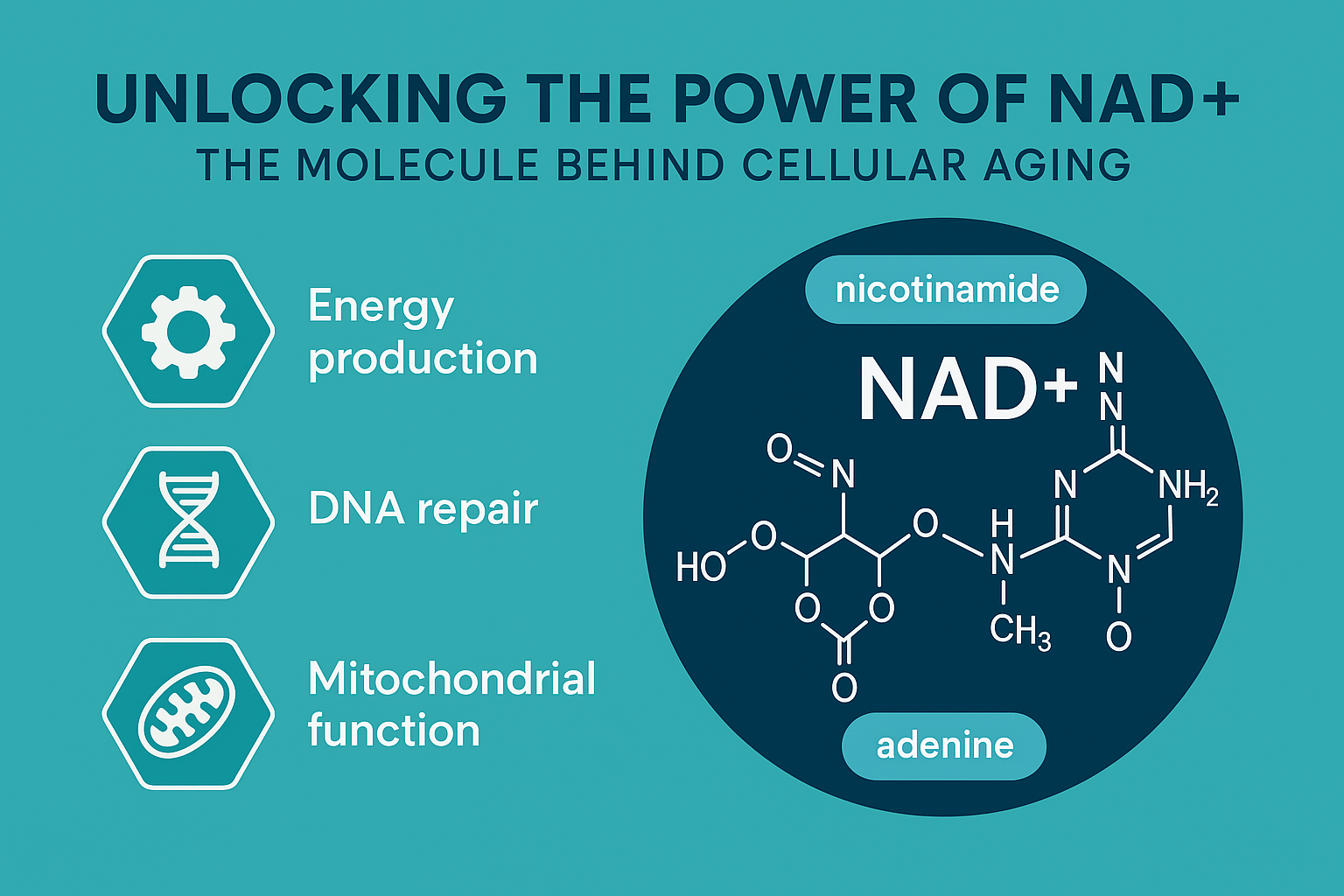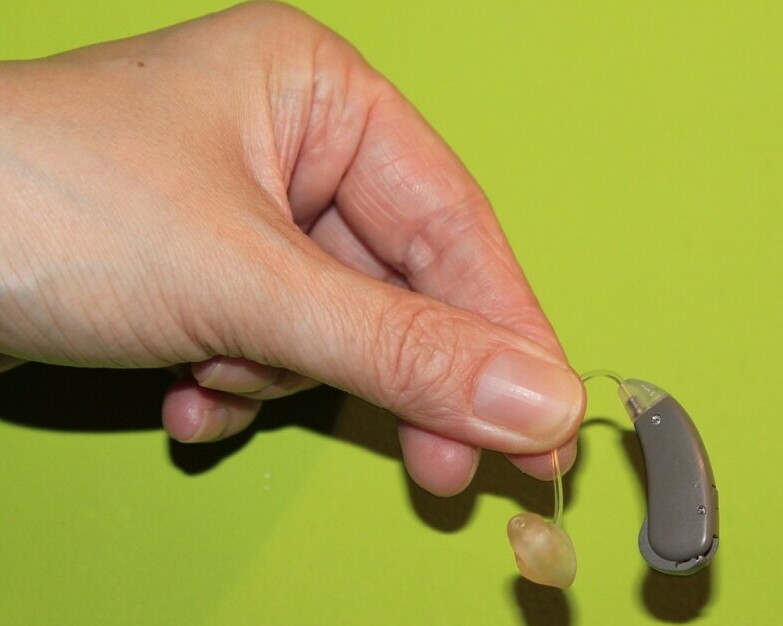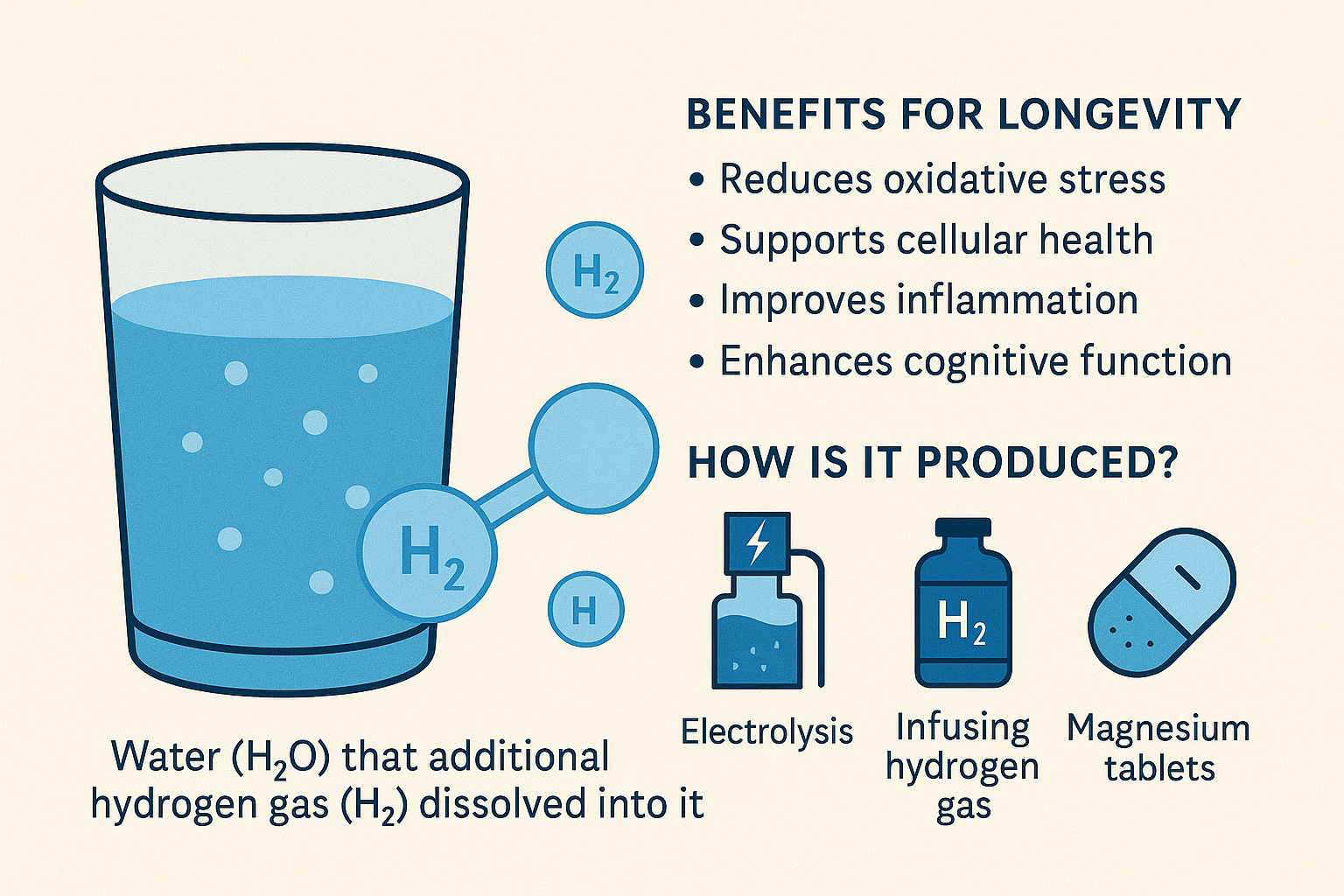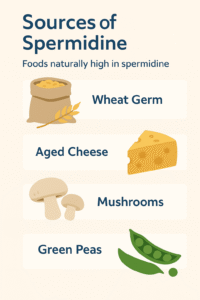As we age, our nutritional needs change, often becoming more specific and requiring more careful conscious planning and monitoring. Aging adults might experience decling health issues including a plethora of physiological and lifestyle changes that can greatly impact their dietary habits and requirements. Hence, it becomes crucial to understand how best to measure nutritional intake to ensure that one is getting all the essential nutrients in the right amounts to address deficiencies due to aging. In this article, we’ll delve into the tools available for this purpose, the challenges aging adults face regarding nutrition, and the pros and cons of different intake measurement methods. Finally, we’ll review some options available to help you or your loved ones maintain a balanced diet throughout the golden years. When it comes to monitoring nutrition, there are an abundance of tools available due to advancement of technology. Here are a few:
When it comes to monitoring nutrition, there are an abundance of tools available due to advancement of technology. Here are a few:
 Positives:
Positives:
Tools Available For Nutrition Intake
 When it comes to monitoring nutrition, there are an abundance of tools available due to advancement of technology. Here are a few:
When it comes to monitoring nutrition, there are an abundance of tools available due to advancement of technology. Here are a few:- Dietary Journals: Keeping a detailed record of everything consumed can be an excellent way to keep track. Apps like MyFitnessPal allow users to easily input and monitor daily intake, providing data on macronutrients, vitamins, and minerals.
- Digital Scales: Used in conjunction with dietary journals or apps can help in measuring precise food quantities to get accurate nutritional information.
- Nutritional Blood Tests: These are laboratory tests that measure the levels of essential nutrients in the blood, giving a clear picture of any deficiencies.
Challenges With Changing Nutrition for Older Adults
Navigating the nutritional landscape for aging adults presents unique challenges. As the body and mind age, there are declining factors that can influence an individual’s ability to maintain a balanced diet.
- Physiological Changes:
- Digestive System Alterations: With age, the production of essential digestive enzymes can decrease. For instance, lactase, which helps digest lactose in milk, might be produced in lesser quantities, leading to lactose intolerance in many older adults. This can make it hard for them to consume dairy, a primary source of calcium and vitamin D.
- Appetite Shifts: Hormonal changes can reduce appetite. Ghrelin, known as the “hunger hormone,” may be produced in smaller amounts, while leptin, the “satiety hormone,” might increase, leading to reduced food intake.
- Taste and Smell: Age can diminish the sensitivity of taste buds and the olfactory system. Foods might start tasting different which may make previously enjoyed meals less appealing.
- Medications:
- Interaction with Nutrients: Some medications can affect the absorption or utilization of nutrients. For example, certain diuretics can cause potassium depletion, while some heartburn medications might reduce the absorption of vitamin B12.
- Impact on Appetite: Medications like certain antidepressants or antipsychotics can either suppress or increase appetite, influencing weight and nutritional balance.
- Physical Limitations:
- Mobility Issues: Arthritis, osteoporosis, or general frailty can make the physical act of cooking challenging. For example, someone with severe arthritis might find it painful to chop vegetables or even open a can. This can be compunded with previous sustained injuries that further limit mobility.
- Shopping Difficulties: Physical limitations might also make it challenging to shop for groceries. A person with limited mobility might struggle to navigate large grocery stores or carry heavy bags.
- Cognitive Challenges:
- Forgetfulness: Conditions like Alzheimer’s can lead to forgetfulness about meal times, resulting in skipped meals or repetitive consumption of the same food.
- Loss of Skills: Advanced dementia might lead to the loss of skills needed to prepare food or even use utensils, making mealtime complex.
- Social Factors:
- Isolation and Loneliness: Aging often comes with the loss of loved ones or the challenge of living alone. A widow or widower might lose the motivation to cook balanced meals just for themselves.
- Economic Factors: Fixed incomes or rising medical costs can make it hard for some seniors to afford diverse, nutritious foods, leading to a reliance on cheaper, less nutritious options.
Positives & Negatives of Intake Measurement
Accurately measuring nutritional intake is a step towards proactive health management. But as with many things, it comes with its set of advantages and disadvantages, including those related to time. Positives:
Positives:- Informed Decisions: Understanding one’s exact intake aids in making dietary choices that align with individual health goals.
- Identifying Deficiencies: A clear picture of nutrient consumption helps in quickly spotting and rectifying nutritional deficiencies before they escalate into health issues.
- Tailored Diet Plans: Precise nutritional data enables dietitians to craft meal plans that address individual health needs.
- Time Efficiency in the Long Run: Once a routine is established, tracking nutritional intake can streamline grocery shopping and meal planning. Knowing what the body needs can lead to better planning about what foods to buy and consume.
- Potential for Obsession: An excessive focus on detailed measurement might shift the joy of eating to a more clinical and less enjoyable activity.
- Over-reliance on Technology: Depending solely on apps or devices might occasionally lead to inaccuracies, as not every food or preparation method might be listed.
- Initial Time Investment: Getting started with detailed tracking can be time-consuming. Entering data, understanding nutritional labels, and familiarizing oneself with portion sizes can be daunting initially.
- Possibility of Burnout: The daily commitment of logging every meal, snack, and beverage can become tedious over time. This continuous demand on one’s schedule can lead to tracking fatigue, causing some individuals to give up on monitoring altogether.
- Analysis Paralysis: With a flood of data from tracking, some individuals might find it challenging to decide which nutritional adjustments to make, leading to inaction due to overwhelm.
Solutions for Nutrition Intake
- Hire a Nutritionist or Dietitian: These professionals can offer tailored advice, taking into account individual needs and challenges.
- Meal Delivery Services: These can be a boon for those with physical limitations, offering balanced, pre-portioned meals.
- Support Groups: Joining groups can provide motivation, encouragement, and shared meal-planning ideas.
- Regular Check-ups: Regular doctor visits, including nutritional blood tests, can keep track of any changing nutritional requirements.
Conclusion
Ensuring optimal nutrition as one ages is both a challenge and a necessity. With the right tools and strategies, it’s possible to navigate the complexities of changing dietary needs and maintain a balanced, healthy diet. For those struggling to manage their nutrition, seeking expert guidance and using available resources can make a world of difference. After all, proper nutrition isn’t just about prolonging life, but also about enhancing its quality. Remember, it’s never too late to make positive dietary changes for a brighter, healthier future!Sources:- National Institute on Aging (2020). Eating Well as You Age.
- MyFitnessPal. (2022). Dietary Tracking Tools.
- The American Journal of Clinical Nutrition (2018). Nutrient Absorption in the Aging Digestive System.



